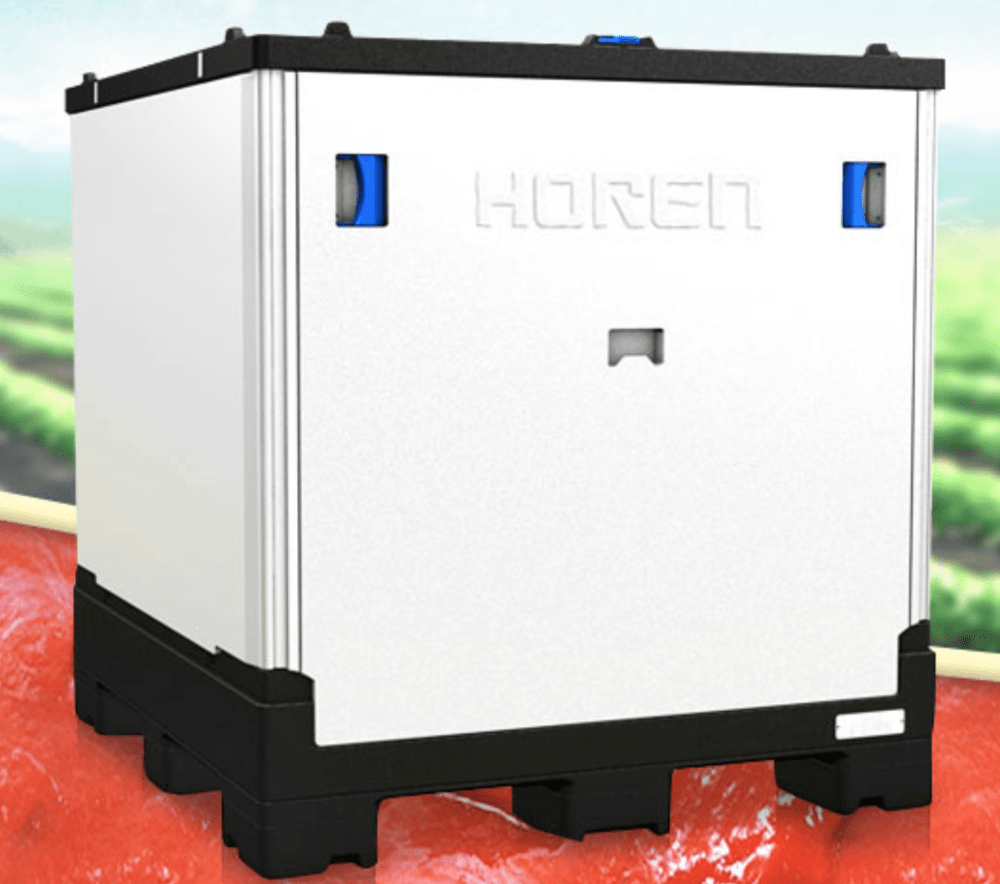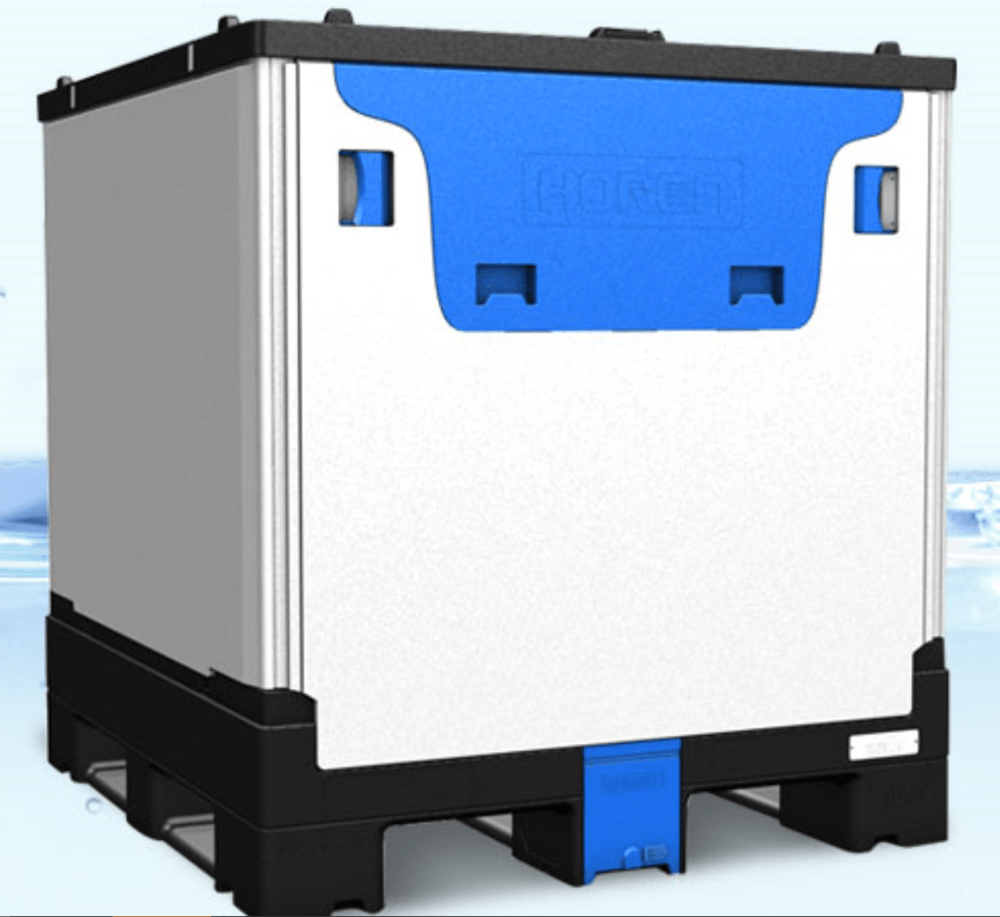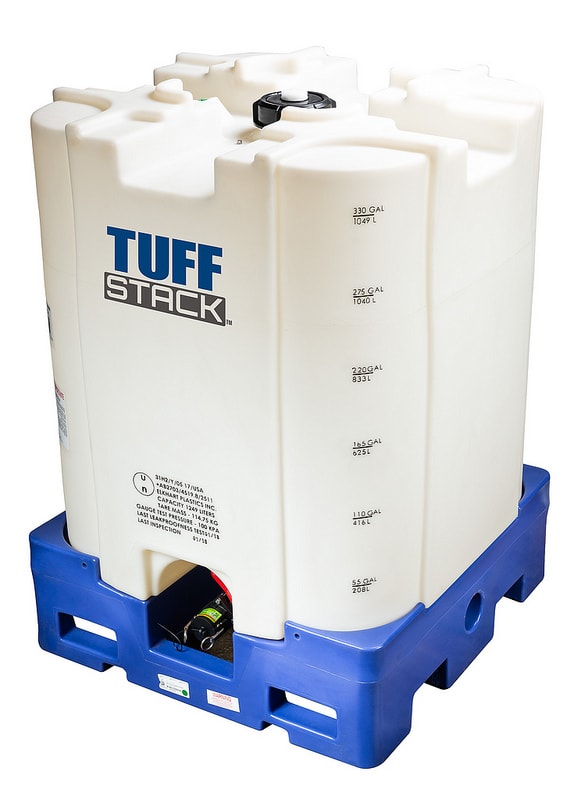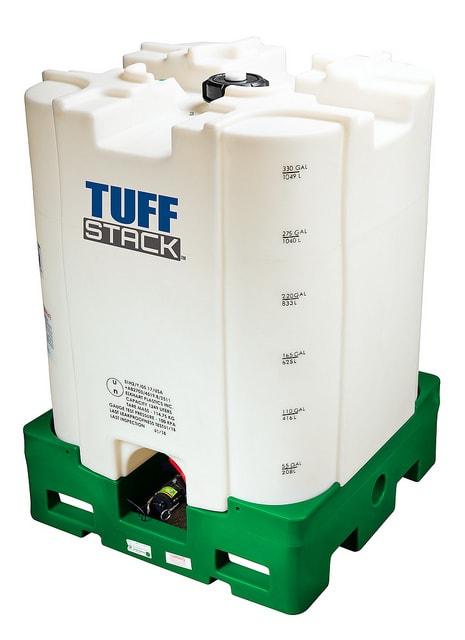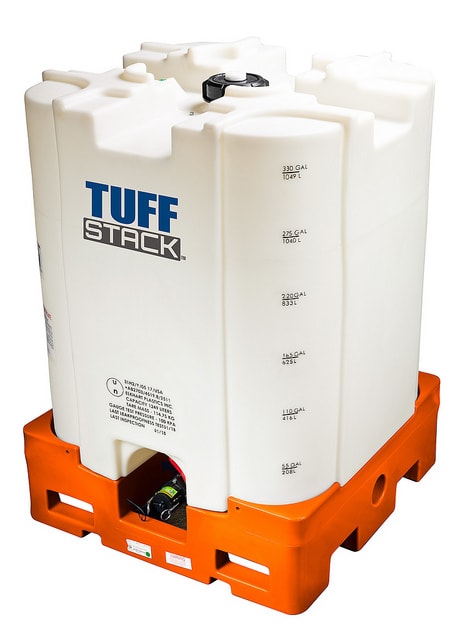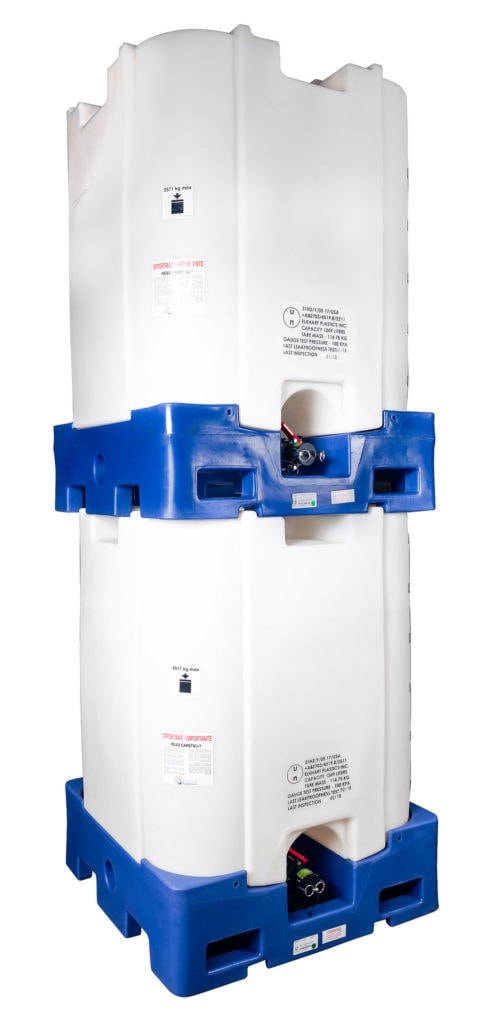Returnable packaging includes pallets, tanks, bins, totes, and other packaging components that enable products to move safely through the supply chain before being returned to suppliers for reuse. Besides the obvious environmental benefits, returnable packaging offers many other advantages, including increased durability, versatility, and cost savings.
Benefits of Using Returnable Packaging
Returnable packaging is an improvement on expendable, single-use packaging, and it offers concrete functional, environmental, and financial advantages.
Durability & Ease
Using returnable packaging protects both your products and your employees and customers. Plastic and metal returnable packaging are designed to hold a significant amount of weight and be easily stackable, enabling more efficient transport and storage. Returnable packaging is meant for repeated use and has a long-life cycle, making it ideal for protecting products during transit.
Returnable packaging is consistently sized, easy to use and clean, and eliminates the needs for expendable closures, which protects workers and customers from the dangers of box cutters, nails, staples, and unwanted pests in wood/cardboard packaging.
Versatile
Returnable packaging is available in a variety of shapes, sizes, and styles. Many types of returnable packaging can be easily folded, collapsed, or nested to reduce the expense of returning it. Packaging is available for all types of products, including hazardous materials, liquid, bulk items, and those requiring flame-retardant packaging.
Packaging Life Cycle & Recycling
Returnable packaging is designed to last for years of use and reuse, and can be recycled when it reaches the end of its life cycle. Single-use packaging offers little value, and may even add costs such as landfill fees upon disposal. Even single-use, recyclable packaging may end up adding costs in collection, cleaning, and preparation for recycling.
Cost
Returnable packaging, such as bulk plastic containers made with HDPE, may have a higher initial cost, but that cost is mitigated over its long life cycle.
Environmental Considerations
Returnable packaging can be recycled when it reaches the end of its long life, greatly reducing its environmental impact.

